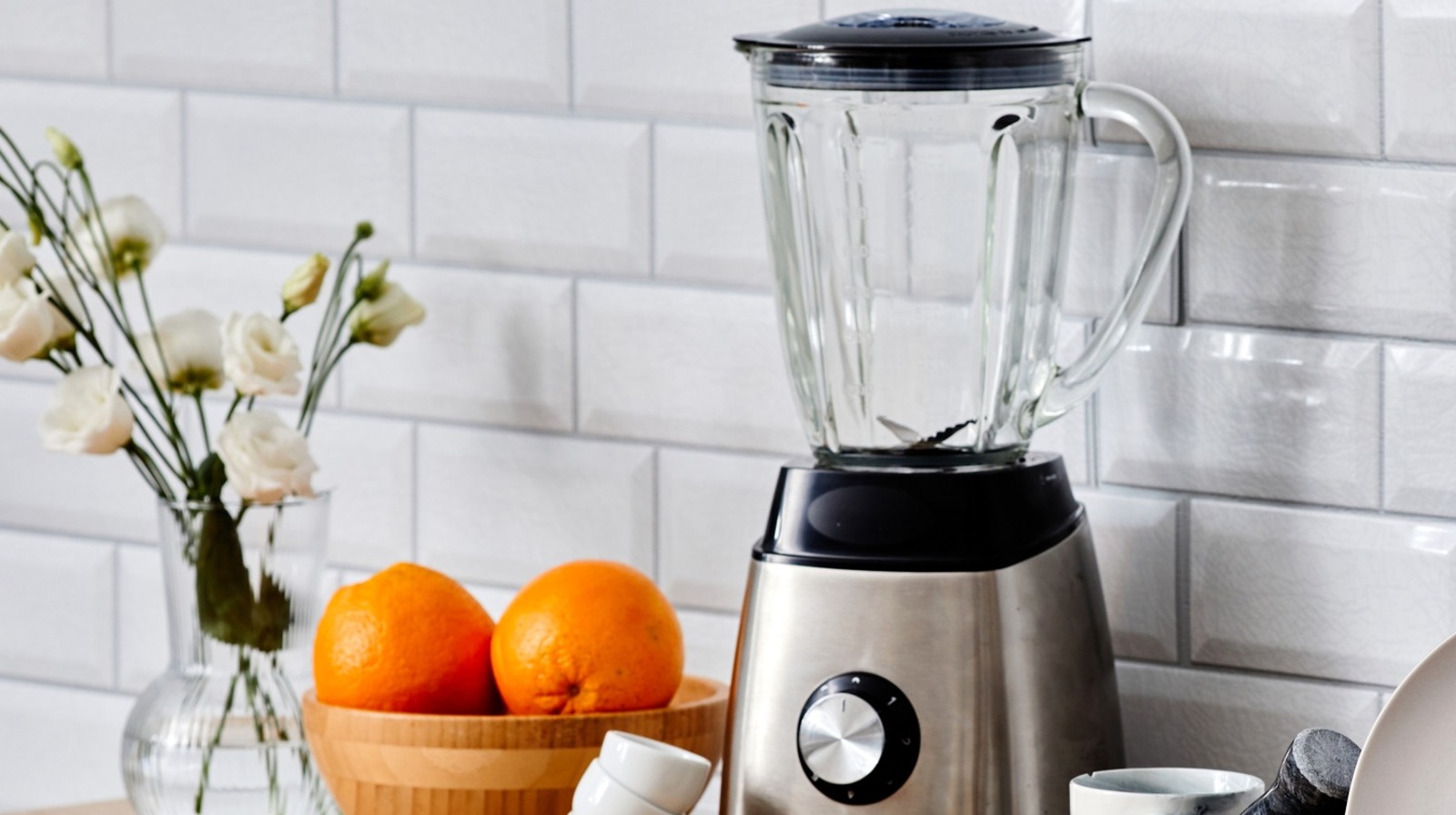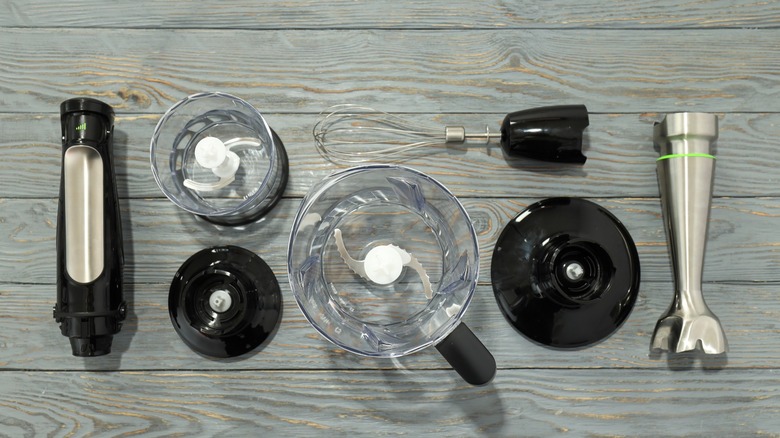Nothing is worse than enjoying a large meal you worked so hard to cook, only to glance over at the sink and see the carnage it took to build your creation. While the forks and plates are easy enough to throw in the dishwasher, that dreamy Thai peanut sauce you made in the blender can be a cleaning nightmare. Unfortunately, just rinsing the blender out with water isn’t a sufficient cleaning method. Blenders tend to be dirtier than you’d think, as oils from the food will still stick to the sides and sneaky crumbs will get stuck under the blades.
The best way to clean your blender without scrubbing is to let it clean itself. Fill half of the container with warm water and a squeeze of dish soap, put the lid on nice and tight, and hit the blending function. The pressure from the water should be strong enough to dislodge most residue, and it only takes a little bit of dish soap to work. Just be careful, as overdoing the soap is a recipe for a sudsy mess. When all that’s left is the dirty water, dump it out and rinse the container and lid. This soap and water trick works for immersion blenders as well, and you can do this by sticking the arm in a large bowl of soapy water and running it as usual.
Check your blender’s manual for special cleaning features
Some high-end blenders, such as those by the Vitamix and Ninja brands, take the weight off your shoulders by coming with a built-in cleaning and heating function. You still have to add soap and water, but these features save you 20 seconds of holding down the pulse button. Many blenders, cheap and professional grade alike, also have containers that can go in low-heat dishwasher cycles. Lids are almost always okay to put in the dishwasher, but always refer to the owner’s manual for care guidelines. The manufacturer’s website should have digital copies available for free or detailed on a FAQ page.
Whenever and however you’ve cleaned out the blender, make sure to either dry the wet parts by hand or leave them out to dry on a clean dish rack. Putting wet kitchen tools in the drawer or cabinet can damage the wood over time, leaving ring-shaped stains. Foggy and musty-smelling blender parts don’t inspire the most confident cooking, either. Lastly, don’t forget to sanitize the blender’s base (the electric part) by wiping it down with a damp rag and then letting it breathe with the rest of the parts. Cleaning a blender doesn’t get easier than pressing a button and leaving it to dry.






